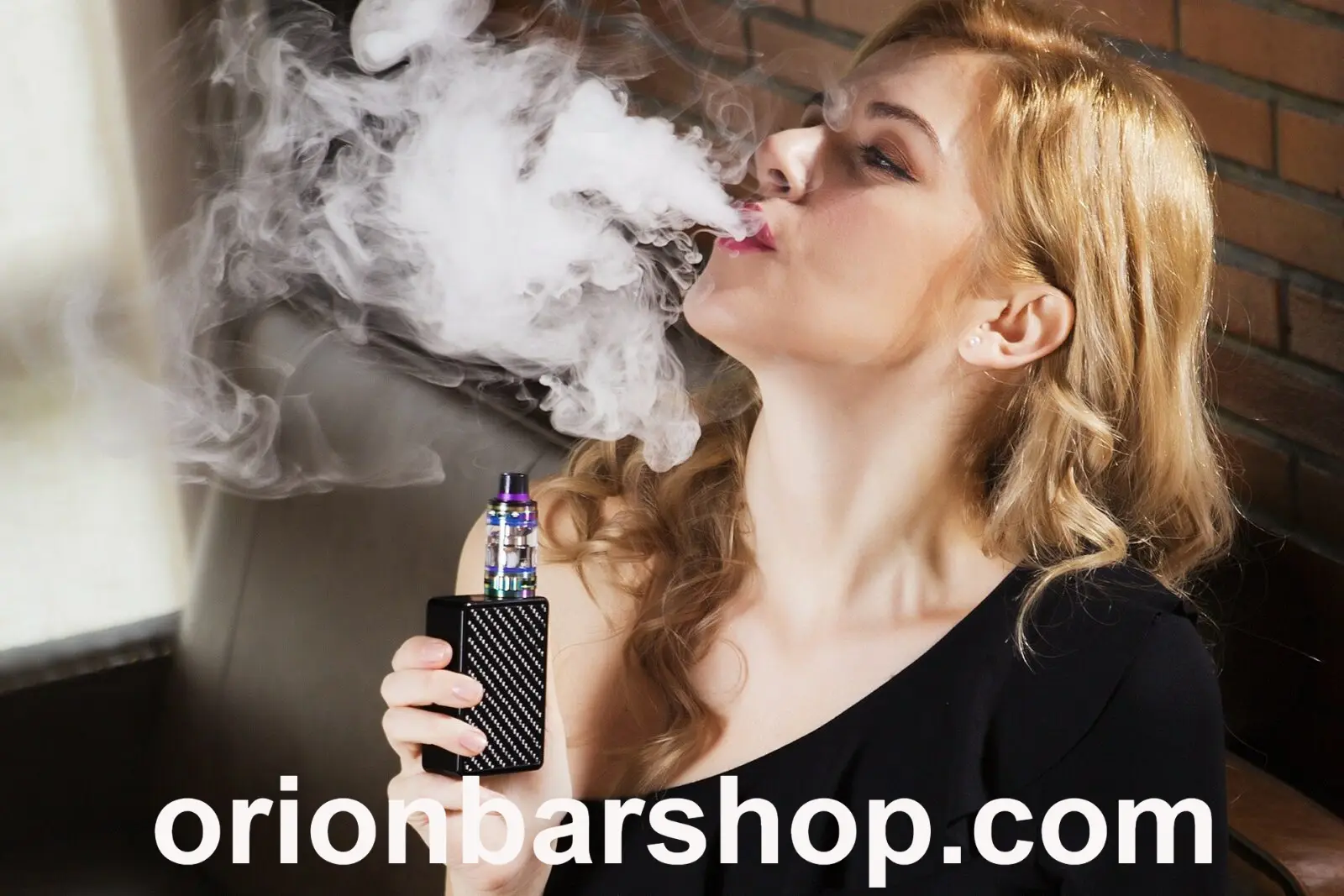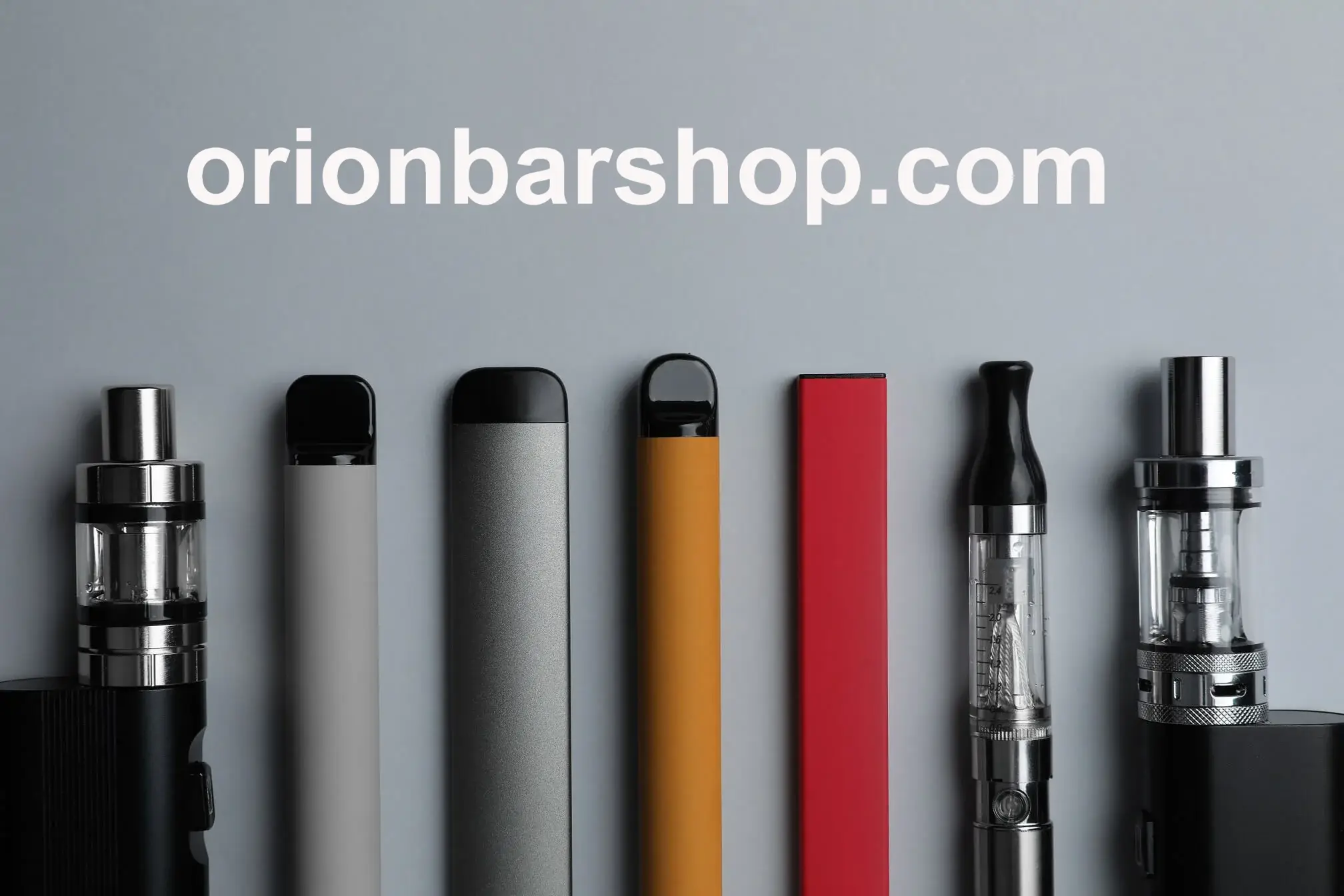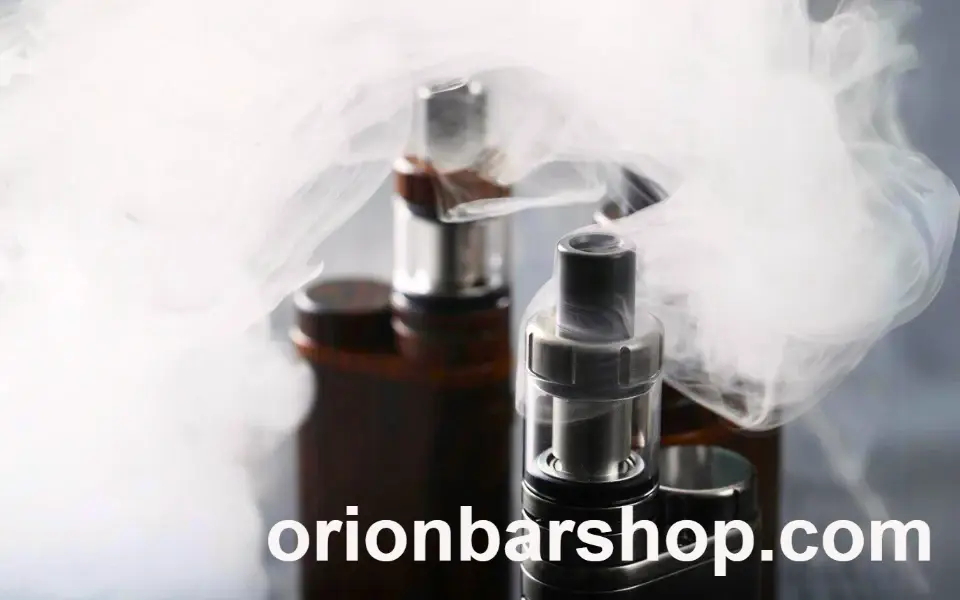The Evolution of Vaping: From Manufacturing to a Service-Driven Industry
As global awareness of the health risks associated with traditional tobacco use grows, and consumer health consciousness rises, the vaping industry has experienced rapid growth. Vaping products, once merely a smoking alternative, have now developed into a lifestyle choice with many dimensions. Initially focused on basic manufacturing to meet consumers' need for an alternative to smoking, the vaping industry is now undergoing a profound transformation. This shift is driven by increasing market competition, rising consumer expectations for personalized experiences, and a growing demand for after-sales services. The vaping industry is evolving from simply producing products to providing a full-service experience.
This article explores the key drivers behind this transformation, the challenges and opportunities it presents, and what the future holds for the vaping industry as it moves into what many are calling "Vaping 2.0."
Key Drivers of the Transition to a Service-Oriented Industry
Changing Consumer Demands
Rising Health and Quality Expectations Modern consumers are increasingly concerned about the safety and quality of their vaping products. They want to know where the vape juice comes from, the purity of its ingredients, and whether the devices they purchase meet rigorous safety standards. To address these concerns, vape manufacturers are now more focused on product quality and certification. Companies must not only produce well-made products but also provide documentation and testing reports to assure customers about the safety of their products.
Growing Demand for Personalization No longer are consumers just looking for a simple alternative to smoking; now, they want a vaping experience that reflects their personal tastes and preferences. From a variety of flavors to adjustable vapor settings, customers increasingly want products that can be tailored to their mood and style. Vape brands are responding by offering customizable products and flavors that cater to individual needs. These innovations enable brands to stand out in a crowded market by creating more meaningful connections with their customers.
Increased Need for After-Sales Service As the vaping industry becomes more sophisticated, after-sales service is becoming more important than ever. Vapers want fast and accessible customer support, technical assistance, and maintenance options. Brands that offer comprehensive after-sales services, such as repair options, product training, and user support, are likely to build stronger customer loyalty and stand out in an increasingly competitive market.
Heightened Market Competition
Severe Product Homogenization Early on, the vaping market had a low entry barrier, and as a result, many brands flooded the market. Most devices had similar features, which led to a lack of differentiation between products. As a result, price became the primary competitive factor, squeezing profit margins. To differentiate themselves, brands need to innovate and offer something beyond just a standard vaping device. Enhanced customer service, from offering unique vaping experiences to providing excellent after-sales care, has become a key differentiator.
New Entrants Challenging Established Brands The vaping market is seeing more and more new players with fresh business models and innovative marketing strategies. These newcomers often focus on providing superior customer experiences and innovative service offerings, which pose a significant challenge to traditional vape manufacturers who primarily focused on product manufacturing. To stay competitive, traditional companies need to quickly shift their focus toward service and customer experience to remain relevant in the evolving market.
Technological Advancements Paving the Way for Service Innovation
IoT (Internet of Things) in Vaping Devices The integration of IoT technology is playing a pivotal role in the service-driven evolution of the vaping industry. With sensors embedded in vaping devices, brands can track usage data in real time. This data can include user habits such as how often they vape, how much they consume, and even the environment in which they vape. This information can then be used to personalize the vaping experience, optimize product development, and improve overall customer service.
Big Data and AI (Artificial Intelligence) for Personalized Service Big data and AI are transforming the way brands approach customer engagement. By analyzing massive amounts of consumer data, brands can identify patterns and predict what products or services a customer might need next. Artificial intelligence can also power personalized recommendations for users based on their previous purchases or preferences, enhancing the overall customer experience. This tech-driven innovation is creating a smarter, more efficient service model that meets customer needs more precisely.
How the Vaping Industry is Evolving from Manufacturing to Service
Service-Driven Product Design
User-Participatory Design Some vape brands are embracing user-driven design, where customers actively participate in the development process. Whether through surveys, online polls, or social media engagement, consumers are helping guide the creation of new flavors, products, and features. This shift makes consumers feel more connected to the products they buy and empowers them to play an active role in the design of their vaping experience. For example, brands might conduct polls on new flavors or design features, giving users a voice in product development.
Customization Options for Personalization To meet the increasing demand for personalized experiences, vape brands are offering customizations. Whether it’s the color, material, or design of the device, customers are now able to choose features that reflect their unique tastes. Some companies even allow customers to create personalized vape juice blends. The use of digital manufacturing systems helps brands quickly fulfill these custom requests, improving customer satisfaction and loyalty.
Enhanced Sales Channels and Service Extensions
Experiential Marketing Traditional vape stores are evolving into experiential spaces where customers can test products before purchasing. Experience centers are popping up where users can sample different flavors and devices under the guidance of knowledgeable staff. This experience not only enhances consumer understanding of the product but also strengthens the bond between the brand and its customers. Events, pop-up shops, and live demos are also common strategies for improving the customer journey.
Seamless Online-Offline Integration The online marketplace for vapes is booming, but online shopping can’t fully replicate the in-person experience. To bridge this gap, many brands are creating hybrid sales models that combine the best of both worlds. Online platforms can drive traffic and handle sales, while offline stores provide a space for product trials, after-sales support, and customer service. This multi-channel approach allows brands to engage customers across different touchpoints, offering both convenience and personalized service.
Improved After-Sales Services
Building a Strong Customer Support Team As vaping products become more complex, having an efficient and knowledgeable after-sales support team is crucial. Vape brands need to ensure they have tech-savvy customer service staff who can assist with troubleshooting, repairs, and product maintenance. Additionally, offering online platforms for users to seek help—such as live chats, FAQs, and instructional videos—will further enhance customer satisfaction.
Value-Added Services Beyond standard customer service, many brands are introducing additional value-added services to enrich the consumer experience. This could include things like extended product warranties, trade-in programs, or regular product check-ins. Offering these services not only attracts customers but also boosts brand loyalty and keeps users engaged in the long run.Challenges and Opportunities for the Vape Industry
Challenges
Legal and Regulatory Uncertainty Vaping regulations vary widely across countries and regions, with some governments imposing strict laws and others offering more lenient regulations. This creates uncertainty for vape brands, especially those trying to expand into international markets. Understanding and adapting to local regulations is critical for companies to avoid legal risks.
Service Quality Control As the vaping industry shifts towards a service-driven model, maintaining high service standards becomes more challenging. Brands must invest in training staff, improving service infrastructure, and ensuring that customers receive consistent, high-quality service across all touchpoints.
Talent Shortages The shift towards a service-oriented business model requires employees with diverse skills, including expertise in marketing, customer service, data analysis, and tech innovation. The vaping industry faces a talent shortage, particularly when it comes to professionals who understand both the technical aspects of vaping products and the customer service experience.
Opportunities
Market Expansion As demand for personalized vaping experiences grows, brands have an opportunity to expand their reach by catering to diverse consumer needs. Whether through customization, exclusive flavors, or tailored experiences, the service-driven shift opens up new avenues for market growth.
Tech Innovations Emerging technologies, including IoT, AI, and big data, are enabling brands to offer more personalized, data-driven services. These innovations create new opportunities for product and service differentiation, enhancing both the customer experience and operational efficiency.
Industry Integration The vaping industry is increasingly integrating with other sectors, such as health and wellness, entertainment, and lifestyle brands. This opens new opportunities for collaboration and expansion, enabling vape companies to diversify their offerings and appeal to a broader customer base.
Conclusion: Embracing the Future of Vaping
The transition from a manufacturing-focused industry to a service-driven model marks the next big step for vaping. As the industry moves into its 2.0 phase, embracing innovation, personalization, and top-notch customer service will be key to staying competitive. Vape brands that can navigate these changes and provide unique, engaging experiences will be the ones that thrive in the evolving market landscape. Whether you’re a retailer, manufacturer, or consumer, the future of vaping promises exciting possibilities. Keep an eye out for what comes next!

